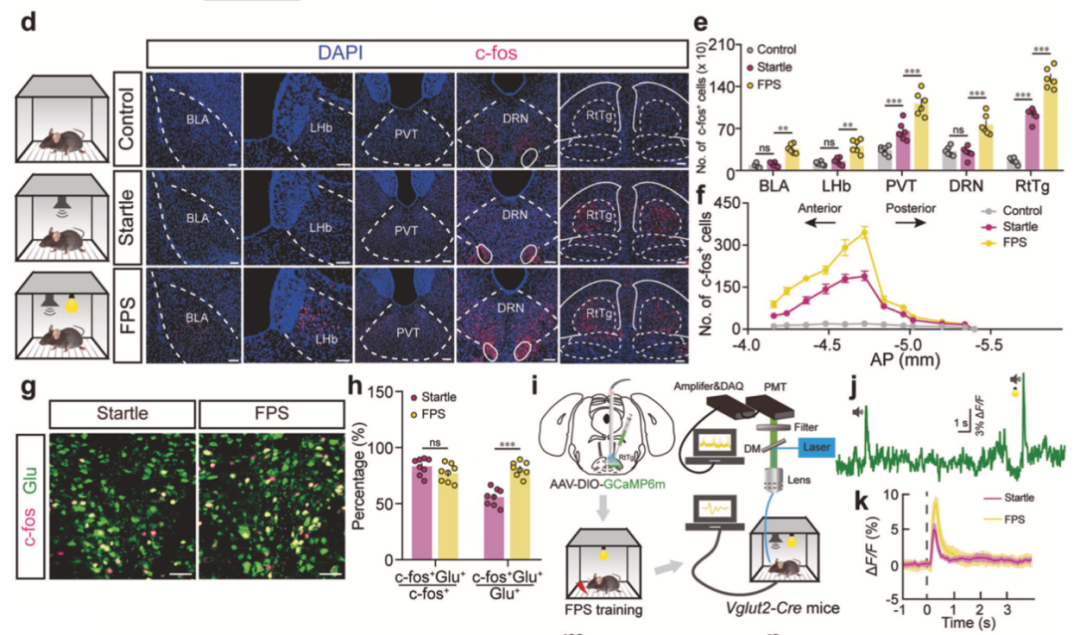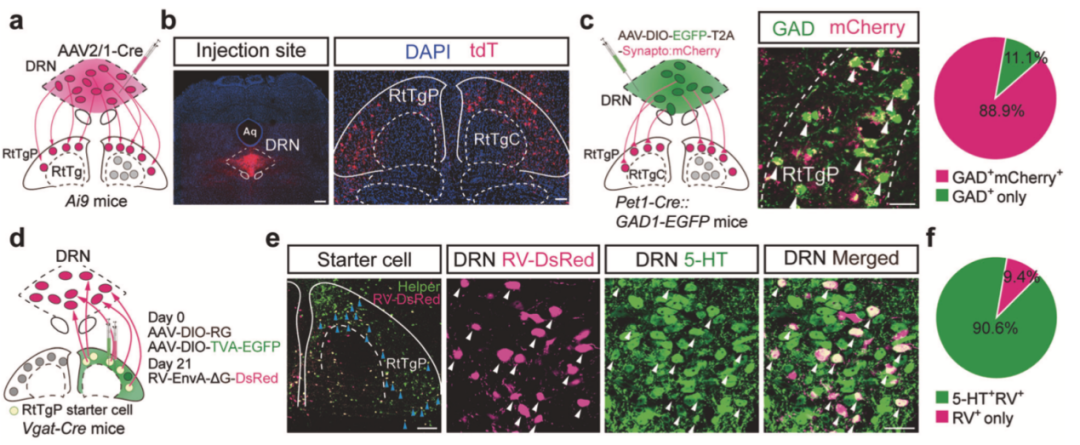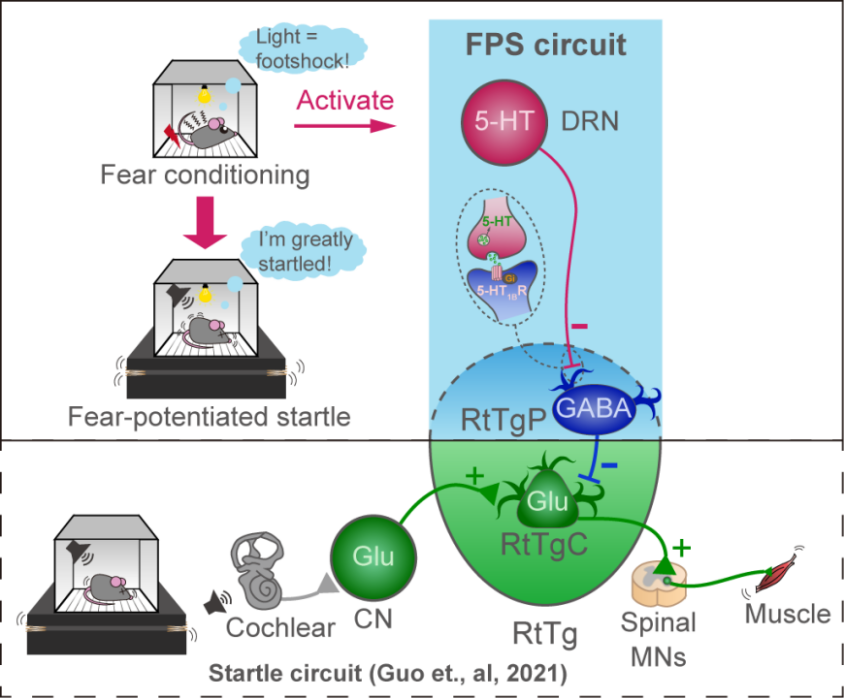Why does fear enhance the shock reflection?Scientists reveal their neural circuit
Author:Bioart biological art Time:2022.09.20

Startle Reflex is a kind of non -autonomous fast defense that responds to external stimuli in response to external stimuli. Prepare for the defense reaction. Negative emotions, especially fear, can regulate the level of shock reflection of animals. This phenomenon is called fear-posted settle (FPS). A large number of clinical observations show that patients with post-traumatic stress disorder (PTSD) and panic disorder (PD) are often accompanied by abnormal enhancement of frightening reflexes. However, the physiological mechanism of this phenomenon is unclear.
On September 18, 2022, Professor Xiong Wei, the Department of Life Sciences and Medicine of the University of Science and Technology of China, published a research paper entitled A MIDBRAIN-Reticulotegmental Circuit Underlies EXAGGERITLE UNDER EMOTER EMOTIONS on the online journal of Life Sciences and Medicine of China University of Science and Technology. In this work, researchers found the Dorsal Raphe Nucleus (DRN) -RTTG in the FPS The important role in the effect.

Professor Xiong Wei of China University of Science and Technology, Professor Xiong Wei, conducted a lot of research on the instinctual behavior and related diseases of the instinctual behavior in the early stage. Cleptication of the Nat Neurosci, 2014; iScience, JBC, 2020) in the hereditary family septic disease (Hyperekplexia); The occurrence of jumping reflexes, and identified a neurotranscele of controlling stunning reflex, which laid the foundation , 2021).
In this latest Molecular Psychiatry papers, researchers first built FPS model mice. Through the whole brain C-FOS dyeing and in the body optical fiber records, it was found that the RTTG gluticine that was mediated was neurons. The FPS effect is further enhanced (Figure 1). Subsequently, the researchers conducted a virus trace on the upstream first -class projection brain area of the RTTG neurons, and found that there was a direct projection of the mid -back nuclear DRN to RTTG. After the use of light genetic means to activate the projection, the shock reflex behavior of mice has significantly enhanced. Further dyeing and tracking experiments found that there are two types of cell types in RTTG brain areas. One is the GABA energy (RTTGP-GABA) neurons distributed in the outer ring of the RTTG, and the other is the cluster distributed in the RTTG kernel glutamic acid energy (RTTGC -Glu) Neuron, only RTTGP-GABA neuron specificity accepts the projection of neurons (Figure 2) from the DRN internal pinosamidamine (5-HT).

Figure 1. During FPS
Next, the researchers analyzed the DRN-RTTG projection loop and found that RTTGP-GABA and RTTGC-GLU neurons form a local micro-ring circuit. When conditional fear activates the DRN-RTTGP projection ring, the inhibitory micro-ring circuit in RTTG can be lifted, which is manifested as fear and enhanced stunning reflexes. When chemical genetic activation of DRN-RTTGP, the mouse has an enhancement of shock reflexes, and inhibitory DRN-RTTGP projection can restore mice to enhance the shock reflexes of mice in fear emotions. Finally, the researchers further analyzed the key role of 5-HT1B in the FPS effect at the receptor level through pharmacological screening, fluorescent staining, and SHRNA knockout. After the 5-HT1B specific antagonist is blocked or the SHRNA knocks down the GABA in the RTTGP, the GABA can be significantly recovered by the mouse's FPS level.

Fig
In summary, this study analyzes the neurotles and molecular mechanisms of fear to enhance the reflection of fear from the sub -type identification of the ring circuit, the type judgment of the type of transmission, and the sublime subtype subtype of the receptor (Figure 3). We have deepened our understanding of the neural mechanism of high -level emotional regulation instinctual defense behavior, and also provides a new direction for the target and treatment methods that can develop drugs that can be more effective in clinical development.
Guo Weiwei and Fan Sijia, a postdoctoral of the University of Science and Technology of China, are the first authors of the dissertation, and Professor Xiong Wei is the sole communicator of the paper.

Figure 3. Significant diagram of shock reflection and fear enhanced the shock reflection ring circuit
Original link:
https://www.nature.com/articleS/S41380-022-01782-6 Want to know more exciting content. Come and pay attention to BIOART biological art


- END -
20 bamboo structure gardens landed in the Chengdu Botanical Garden, and the exhibition will be opened now

On the afternoon of July 19, the awards ceremony of the Chengdu Park City Internat...
This chopstick is not moldy, painted without wax, non -slip and durable!

Chongqing Satellite TV is welcome to follow Chongqing Satellite TV904 original con...